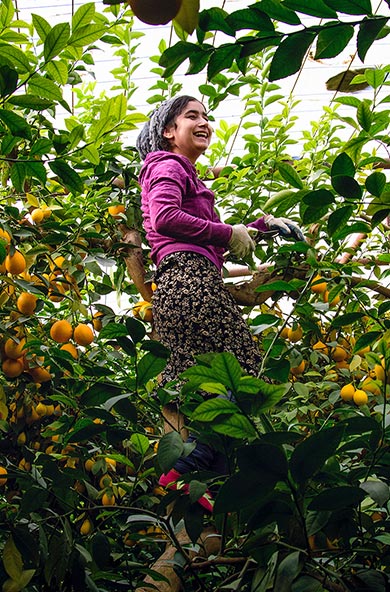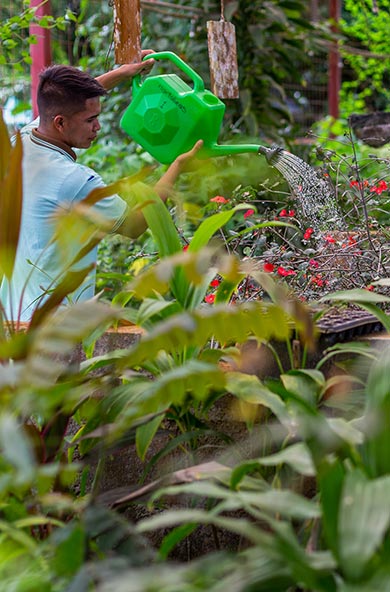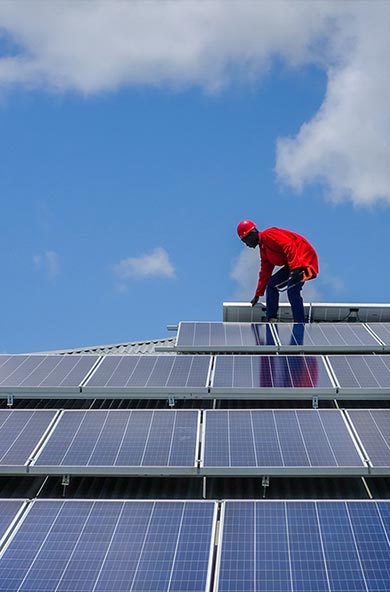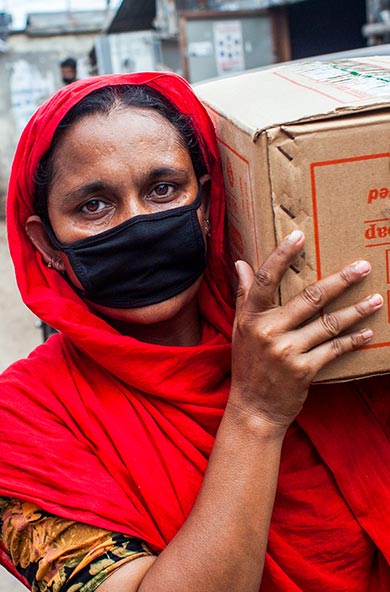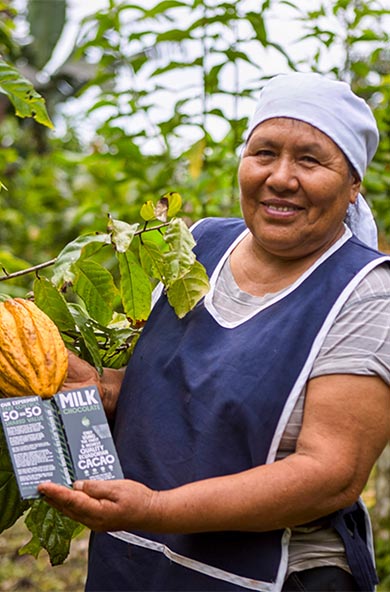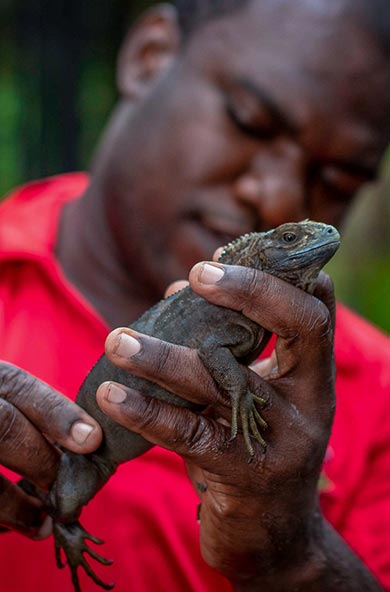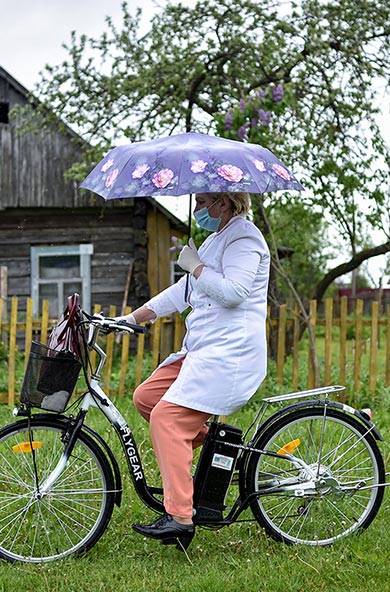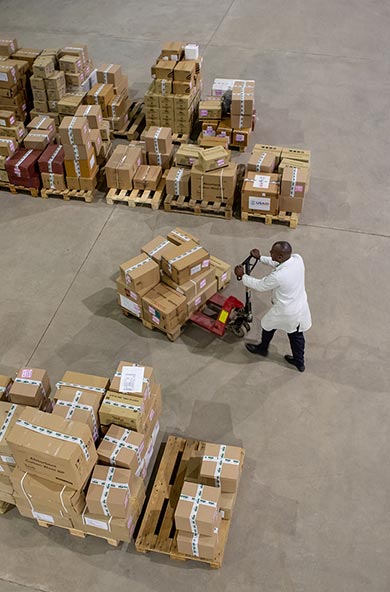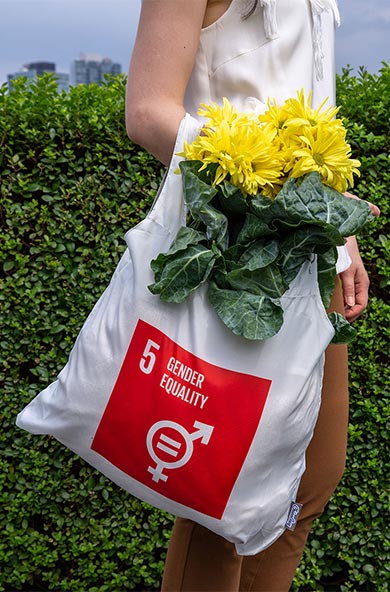Quick containment and directed funding could limit long-term impact
Pandemic threatens Afghanistan’s health system, economy, and peace process, UNDP study finds
June 18, 2020
Kabul — Afghanistan faces grave challenges as a result of the COVID-19 pandemic, which threatens to undermine the country’s peace process, overwhelm its health care system, and slash economic output 17 percent by 2023, according to a new UNDP assessment of how the coronavirus might affect what was already one of the world’s poorest countries.
Afghanistan is especially vulnerable because of its limited health care system and few medical personnel, weak infrastructure, and poor social cohesion after 40 years of war, along with a large influx of refugees returning from Iran and Pakistan—without proper quarantine and containment measures in place. The government also lacks revenue and resources to mitigate the pandemic.
Widespread poverty is likely to worsen, with 67 percent of non-agricultural jobs considered “vulnerable,” UNDP’s assessment, which will inform policies and programs to help the country recover, finds. Emerging on the heels of a severe drought in 2018, COVID-19 could cause an economic contraction of 4 percent in 2020 alone and 17 percent by 2023, compared with pre-2019 activity.
As of 28 May, the government reported a total of 13,036 confirmed COVID-19 cases out of 34,936 samples taken in 33 of 34 Afghan provinces. The virus was first reported in February in the border city of Herat, in a refugee returning from Iran. Within a month, the virus spread to Balkh, Samangan, Kandahar, and Kabul provinces. At current return rates, some 400,000 refugees are projected to return to Afghanistan between 2020 and 2022.
The Afghan National Emergency Response Plan envisages three scenarios. With low transmission rates, some 46,000 infections would require additional health spending of US$122 million. With moderate transmission rates, Afghanistan could see 110,000 infections requiring US$225 million, while higher rates could see 190,000 cases at an additional cost of US$390 million.
UNDP’s policy recommendations for Afghanistan include:
· Immediate measures to contain and reduce COVID-19 transmission.
· Health sector preparation for a second wave of COVID-19 infections.
· Mobilization of resources by reprogramming funds from the security sector—which currently accounts for 30 percent of GDP—and promoting open trade and regional cooperation.
· Additional donor assistance.
· Expanded social protections for poor and vulnerable Afghans, such as a pension for the elderly, and public works for poor households in poor regions.
Support to Afghanistan
UNDP is repurposing and mobilizing funds to support Afghanistan's initial national response, prevention and mitigation activities, and preparation for longer-term development interventions in subsequent phases. With international partners, it’s working to procure personal protective equipment (PPE) and other health supplies and establish 22 fixed health centers and 10 mobile health teams—which will significantly expand prevention, diagnosis, and management of COVID-19.
With financial support from the Global Fund, UNDP has helped strengthen Afghanistan’s laboratory and diagnosis capacity nationally and provided technical assistance to train 25 regional and provincial laboratory staff in the use of high-tech equipment. The country’s central public laboratory can now process 200 to 300 samples every 24 hours, while laboratories can process 150 daily in Herat, 100 in Balkh, 100 to 150 in Nangarhar, and 120 to 150 in Kandahar province.
In partnership with Ministry of Interior Affairs, UNDP is operationalizing five new hospital facilities to quarantine, isolate, and treat infected Afghan National Police personnel. These hospitals will receive health equipment and medical supplies and comprise some 300 beds, with quarantine facilities and intensive care units, across five provinces.
And to further support frontline medical and security personnel, UNDP is procuring protective and sanitary kits including hand sanitizers, rubber gloves, face masks, and other protective gear and equipment.

 Locations
Locations